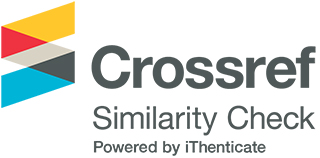‘Mapping’ China’s Art Industry: Understanding Contemporary China Through Qiu Zhijie’s Maps as a Medium of Cultural Relations
DOI:
https://doi.org/10.33422/jarss.v7i4.1336Keywords:
art market, Chinese calligraphy, contemporary art, cultural relations, symbolism in artAbstract
Deeply ingrained in the fabric of Chinese society, calligraphy originated as an ancient art form and is known as the chief of all traditional arts in China. In the current artistic context of the People’s Republic of China (PRC), calligraphy has merged with contemporary art forms to reflect the dynamic changes and realities of the country. Addressing gaps in academic literature focusing on China’s soft power and cultural diplomacy, this paper focuses on cultural relations to develop a people-centered pathway that flows “organically” and enables the understanding of current-day China. Inspired by Anne Marie-Slaughter’s conceptualization of a “web” of networks, this paper employs a case study analysis of specific contemporary artworks by Chinese contemporary artist Qiu Zhijie. Indeed, this paper finds that Qiu’s maps reflect nuances of contemporary Chinese society, showcasing the intricate relationship between calligraphy, contemporary Chinese art forms, and Chinese culture and society. Further, due to the unique combination of Chinese characters and English text, woven together through cartography and Chinese calligraphy, Qiu’s maps provide international audiences with basic tools for understanding cross-cultural nuances and contemporary realities. In the context of international relations, Qiu’s maps may act as a medium for improving the international community’s understanding of current-day China.
Downloads
Published
How to Cite
Issue
Section
License
Copyright (c) 2024 Jood Ghazwan Sharaf

This work is licensed under a Creative Commons Attribution 4.0 International License.








